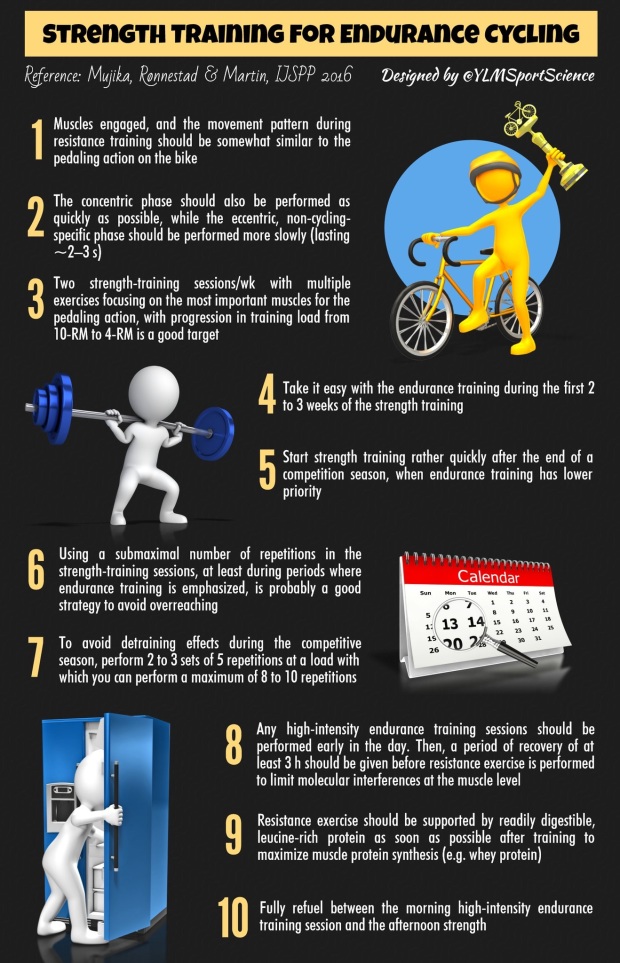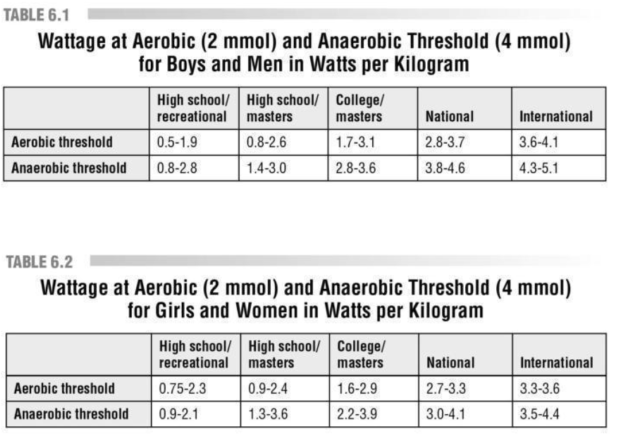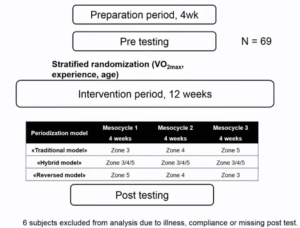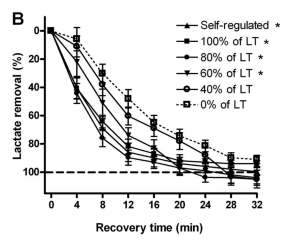Based on the a comment from Tom (Stelph), I went and looked at Chapter 19 of the second edition of Rowing Faster. This chapter is written by Ed McNeely and in principle is quite similar to the taper I wrote up from the Shepley Paper.
Basically, the idea is to maintain the intensity of the training, but reduce the volume. In the Shepley paper, the protocol was to warmup, do a small number of ~75sec intervals then cool down.
The chapter defines 3 types of what it calls “minor tapers”. I doubt anyone who isn’t competing at a collegiate or elite level would consider the moderate or major tapers, unless perhaps you are planning to race against blood thirsty cannibals in a set number of months and your life depends on the extra second of pace.
But back to minor tapers. Here is a table of the three that were defined.

The primary difference is that instead of doing the same type of interval and just reducing the number as you approach race day, you change the number, length and intensity of the intervals.
The type of taper is driven by your training load. A 1 day taper for athletes training 6 to 10 hours a week. 3 days for athletes training 10-15 hours. 5 day taper is for those hardy souls training more than 15 hours a week. I checked my log and I am training about 7 to 10 hours a week, so I guess in Ed’s world, I don’t need or deserve a taper. I actually think this is an elite versus masters kind of difference. The amount of taper you need is probably driven by how much recovery you need from whatever training load you are carrying.
The 1 day taper is a misnomer. It just means that you take a complete rest day the day before the race. I don’t like that idea much.
The 3 day taper seems simple enough. It seems like 5 x 2′ at faster than race pace might be a bit harrowing. I did 4 x 2′ at 2k pace on the erg and I don’t think I could have done them 2% faster (1:38 vs 1:40 pace). Maybe an elite athlete could. The 3 x 1′ at 3% faster than race pace looks pretty cool, and I think the 20 minutes of steady state is probably about the same as the warmup and cooldown from the Shepley paper.
I have to admit some confusion about the 5 day taper. This is a taper for a 2000m race, which will probably take somewhere between 6 and 8 minutes. So how is it possible to do 3 x 10 minute intervals at race pace. I have to assume that is a typo. If you can do 10 minutes at race pace, it isn’t race pace. After that there is a steady state session, then 7 x 3′ at faster than race pace, which I would not be capable of doing on my best day. Then the 5×2′ and then the 3×1′ sessions from the 3 day taper.
How would I apply this to my world? I honestly don’t know. I think that I would probably look at the 3 day taper and ignore the other ones. For the 3 day taper, I would need to adapt it by adjusting the pace targets. I would target about race pace for both the 2′ and 1′ intervals.
Unlike the Shepley paper, there is no real evidence presented about the effectiveness of the taper versus other approaches, so it is hard to judge how well it works, but Ed McNeely certainly has impressive credentials so you could do worse than to trust his advice (other than the 3×10′ at race pace thing).
By the way, Rowing Faster is a great book. I have the kindle version of the 2nd edition.


































